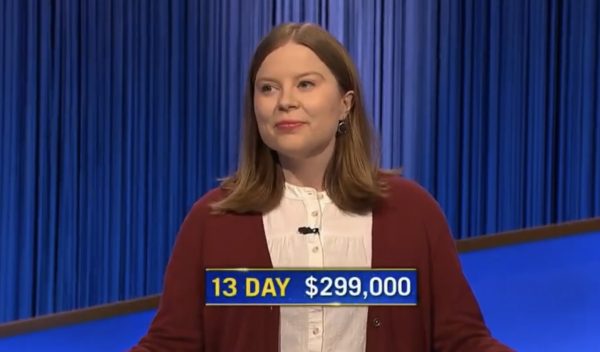New program helps students cut back on textbook expenses
A new Marshall program is using works published under public domain to save students hundreds of dollars by reducing the price of textbooks by as much as 90%.
“Students don’t realize how much influence they have in a university,” said Larry Sheret, open educational resources librarian. “When they advocate for something like free textbooks, other students and faculty listen. The student government can accomplish something reasonable like this if more word gets out.”
The Open Educational Resource program offers free Open Textbooks online for an array of different courses, with five primary components: to retain published work and making copies, to reuse published work in a wide range of ways, to revise the work to adapt, modify and improve it and to retribute it with others.
Open Educational Resources are works that reside in the public domain or have been released under intellectual property licenses that permit free use and are used for teaching, learning and research purposes.
For college students, every dollar counts, and saving money on textbooks means saving money in general.
“I can’t tell you how much money I have spent on a basic science and math class textbook that I only read once or never at all,” Kelsey Seibert, a sophomore at Marshall University, said. “The Open Educational Resources and Open Textbook programs could save some kids a lot of money in the long run, even if it is only for a few classes.”
Sheret said there is potential for the program to expand if there is more participation from university faculty.
“Since the program is relatively new, Marshall mainly offers Open Educational textbooks (resources) for 100 and 200 level classes,” Sheret said, “But if we get more faculty involved in the program, we would potentially see textbooks and other resources, such as video streaming, software and techniques for all level courses.”
There are courses offered under the Open Educational Resources program, but they do not count for any hourly credits.
“Only around 25% of the faculty uses Open Educational Resources for textbooks,” Sheret said. “We hope if students push more for the program and we offer professors more incentive to use them, we will include the other 75% in the near future.”
Open Educational Resources are usually free or have minimal costs, which can help relieve some of the financial stress that burdens students when accessing materials they need to help meet their course requirements.
“Students are already used to publishers like Pearson that offer their textbooks online, that have online quizzes and study prompts,” Sheret said. “The Open Textbooks and Open Educational Resources could emulate something similar, instead students might pay $20 opposed to $200.”
Sarah Rowe can be contacted at [email protected].
Your donation will help continue the work of independent student journalism at Marshall University. If you benefit from The Parthenon's free content, please consider making a donation.





